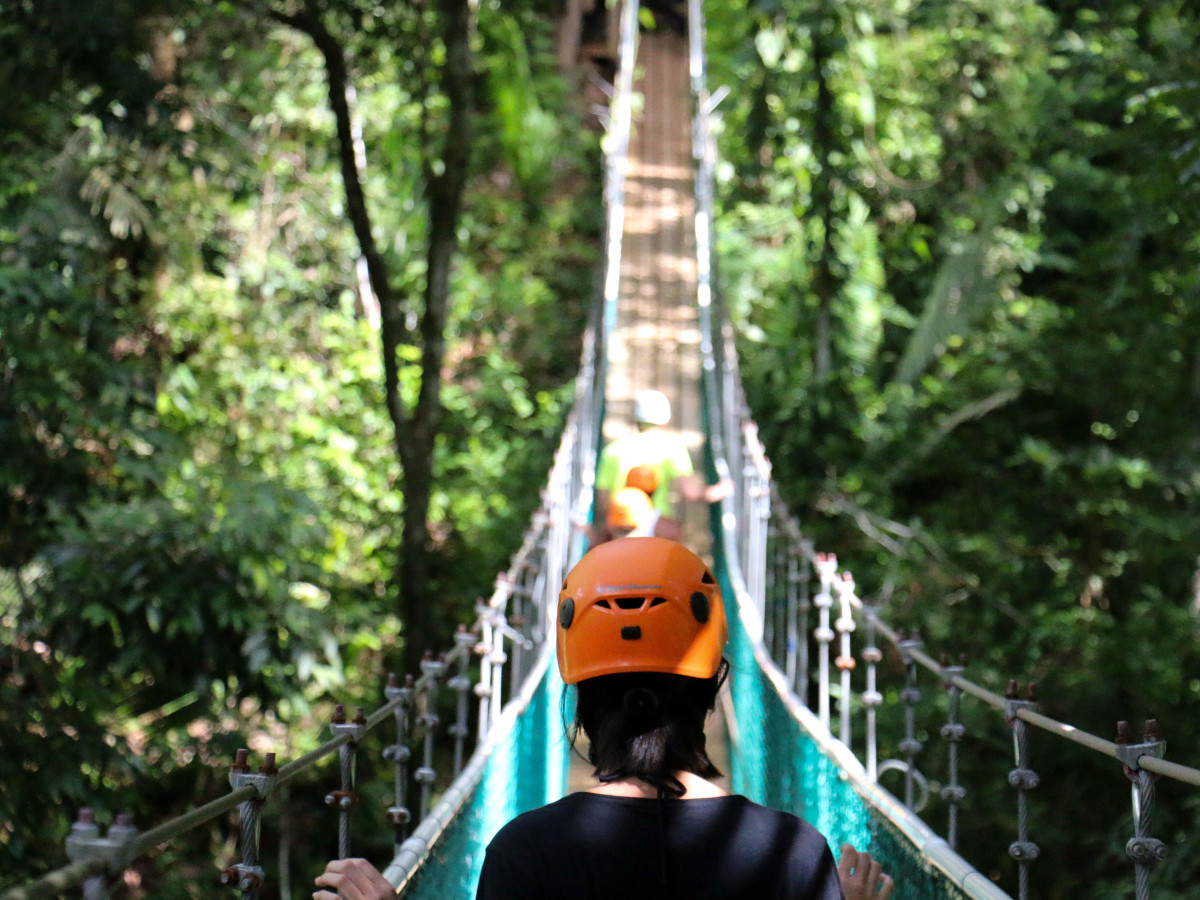
How do you boost group creativity through a web app?
Francesco Marcatto30 Aug 16
Seeing the first beta version of Neonce, the web app for enhancing group creativity made by Mindiply, going online made me think about how all this started, and reflect on my role in it.
I remember talking with my friend Paolo (founder of Mindiply) some time ago, about the gap that divides the world of research from the world of business management. The world of academia from ‘the real world’. Specifically, we were wondering why standard brainstorming is the de facto standard of group creativity, while decades of research have extensively demonstrated its ineffectiveness.
The business world needs creativity and problem solving. It won’t survive without innovation. But in a competitive and fast-moving world, using this old, overrated and counter-productive technique seemed to us, well, a little odd. (Read more about why people like brainstorming despite its flaws here).
Enter Mindiply
When Mindiply was born, our first aim was to develop an app for helping teams come up with brilliant new ideas and solutions. There were already some nice tools for conducting electronic brainstorming sessions, but most of them just try to reproduce face-to-face sessions, using shared online whiteboards and chat systems. Unfortunately, the result is often that they keep the original issues with brainstorming, with the addition of the various problems of digitally mediated communication.
Being the researcher of the group, I was mainly responsible for developing a new, different, team creativity process, based on sound evidence, and not on old habits or common wisdom (hey, we also wrote a Manifesto for evidence-based management!).
This process needed to work well in a web app, and should also be acceptable for managers and team members accustomed to doing the usual face-to-face, ‘free for all’ meetings! Looking back, this was not an easy task, but I was (and still I am!) enthusiastic and very determined.
Do your homework
Due to my long background in cognitive psychology and social cognition, I was confident I knew a lot of the research about group creativity and problem solving, nevertheless the first phase of my work consisted of making sure to be up to date with almost everything that has been published in this field (‘You know nothing, John Snow’). There were - luckily - some good reviews and handbooks, but mostly I went for the original sources, and this meant a LOT of scientific papers.
The biggest problem I encountered was that research tells us clearly what does not work (traditional brainstorming), but finding out what works is a horse of a very different colour. In other words, there is no clear alternative to brainstorming. Yes, there are some techniques that perform better, such as the ‘nominal group’ technique, but these are mostly dedicated to the generation phase, with little to no interest for the selection phase (‘ok, we have produced 80 ideas, now what?’). On the other hand, most studies about idea selection do not care about the idea generation process.
Moreover, research results are often conflicting: you generate more ideas when you are alone, but being exposed to other ideas can spark new ones; quantity breeds quality, but information overload and the paradox of choice say that less is more; people like face to face meetings, but have a strong evaluation apprehension, and so on.
So, since there was no ‘prepackaged’ technique waiting to be translated into a web app, the only thing to do was to create a new one - using all the existing knowledge, of course!
Neonce is born
We (I say ‘we’ because all the Mindiply team actively contribute in the design process) found a way to integrate and take the best parts from different findings, and to let some apparently conflicting results coexist. All this happened as the more classic innovation processes: some insight moments (‘a-ah’) followed by many small incremental adjustments and tweaks.
The result is a sort of Frankenstein monster of team creativity that we have called ‘Neonce’, existing in three stages: create, elevate and select, each containing both a divergent and a convergent phase (more about the process here).
What next
We did our best to create a process with a solid basis on scientific evidence. It hasn’t been easy, and we had to make some design choices for reasons that users may not immediately understand.
Take anonymity, for example. Everything you do in Neonce is anonymous. This means that you are free from evaluation apprehension. The loud voices that dominate face-to-face meetings are no longer an issue, and you don’t need to automatically say ‘yes’ to your boss’s ideas. But will users understand that this feature is an added value for productivity and better teamwork, or will they find it odd, since it’s different from what happens in traditional brainstorming and in the shared whiteboards tools?
And what about the constraint of sharing only a subset of ideas with your team (the best ones you have produced, not everything)? Will people understand that this means reducing the total complexity of the task for the group, and thus making a better choice, or will they see this as an awkward limitation?
I don’t have yet the answer, and I hope it will come from the users themselves. The beta version of the Neonce web app has just been publicly released, and you can find it here: www.neonce.com.
Try it out with the rest of your team, it’s completely free, and tell us your impressions, or if you have a creativity problem but you don’t have a group to work with, drop us a line and we will happy to join you and facilitate a Neonce session together.
As they say, ‘No plan survives contact with the enemy’, so we expect to make a lot of changes to the present version. I hope that users will give us a lot of feedback and comments. We will read and value them all.







